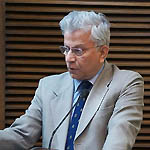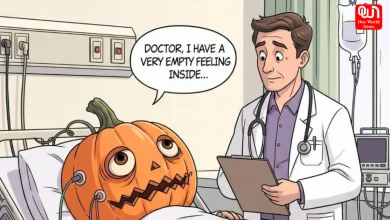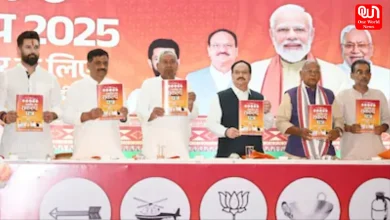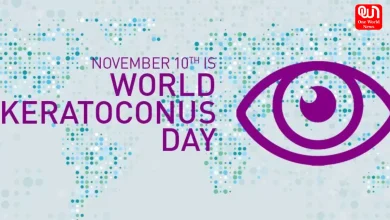Urban Rural Nexus: A Case Study

Urban Rural Nexus: A Case Study
In recent years the definition of rural India has changed dramatically. The gap between urban and rural India has come a long way and have build a considerable bridge in between. Prof. Dipankar Gupta, Professor at Shiv Nadar University, gave a talk on the links between Urban and Rural India. The talk was a part of the ‘NIUAA-IHC Urban Dialogues’ Series.

Prof. Dipankar Gupta
Prof. Dipankar Gupta presented many facet of the topic. He said that he was profoundly struck by what he saw and what he has imagined all his years about the rural India. In rural India, both the land owner and the labourer are in an entitlement relationship not because one is rich and one is poor but because both function at different levels of poverty. One is less poor and the other is less poor. And that was the kind of relationship he hadn’t thought about.
If one does a comparison then there is a great difference in the mode of payment. There has been great emphasis on cash payment. More and more labourer wants payment in cash right away. People are not ready to barter or postpone the payment. Every commodity has risen up, oil seeds have gone up eight times, sugarcane six times, cotton six times. It has been a huge expansion. So, the relationship between the market and the field has really gotten very intimate. It tells us the kind of pressure an agrarian person is facing. One of the major findings of Prof. Gupta was, that there are large number of people in rural India who don’t work in the farming sector. It points to the naivety of the times.

Prof. Gupta said that there are large number of people in rural India who don’t work in the farming sector
In the past the paradigm which dominated the academic fields was ‘Rural Urban Continuum’. The paradigm basically meant that the two parts of India will be poles apart i.e. one part of the population wholly urban and the other is part wholly rural. It also meant that the rural part of India will transform itself as urban but the parameters used for it were quite superficial, like, how many motorcycles are on the roads, how many transistor or radio. These consumer items didn’t tell the whole story. It did satisfy some amount curiosity but it still was not the best way to go about the way.
The other thing that he threw light on is the number of farmers indebted. Whether they are rich or poor, one common thing that prevails across lines is the debt. One of the ideas behind is to use state’s money and hope that one day it waves off the debt. But the fact remains that they need the money. One of the pointers that points to it is, the number of marginalised farmer from 1960s to 2005 rose from 50% to 60%.
The migration from the rural India to urban India has been huge. People have moved from the farming sector due to various constraints. Even the labourer working in the farming sector has switched to some other work. For example a labourer from the state of Bihar, who earlier used to go to Punjab to work in the farm sector, now works as a rickshaw puller. They say the payment is instant and they do not have to rely on someone for the payment. So the informal sector in the country is at large.
Picture Credits: Neel Kamal Pandey, One World News.







